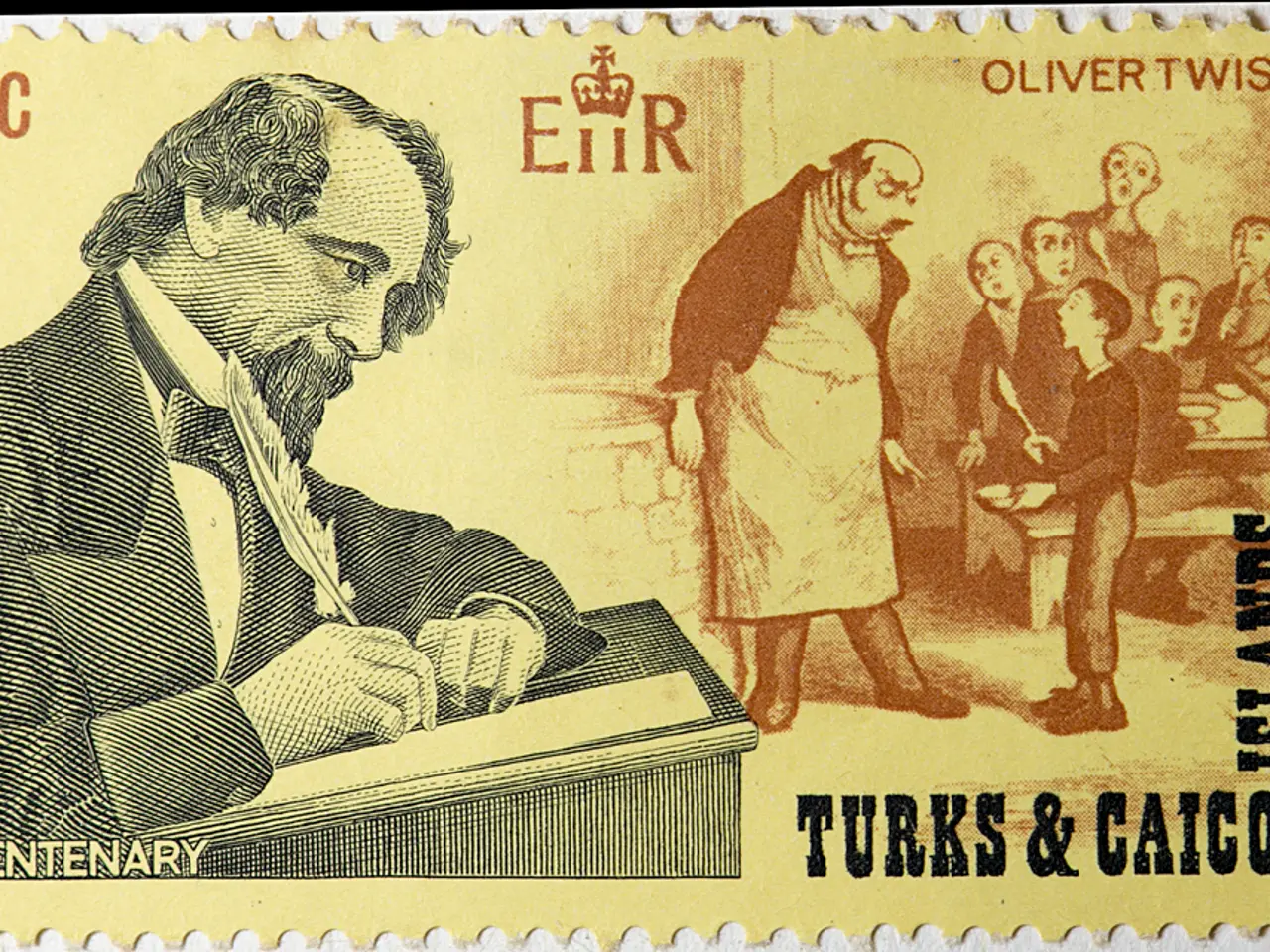Monopoly's Twin Brothers: Recognizing Duopolies, Their Features, Classes, and Consequences
In the realm of economics, a duopoly is a unique market structure that is dominated by just two firms. This type of market is prevalent in various industries, from technology and food production to transportation and finance.
One of the key factors that influence behaviour and outcomes in a duopoly market is the pricing strategy and competition type. In duopolies, firms often engage in price competition, as demonstrated by the Bertrand duopoly model. This model shows that price competition can lead to price wars and drive prices down towards the marginal cost. However, firms might also compete by differentiating their products or using non-price competition, which can soften price rivalry.
Another significant factor is market power and price setting. Each firm's market power depends on factors such as product substitutability, brand reputation, barriers to entry, and economies of scale. Because there are only two firms, they possess significant but not absolute control over prices. They may collude explicitly or tacitly to keep prices stable and profits high.
Product differentiation is another crucial element in a duopoly market. Vertical differentiation (differences in quality or features) affects competitive behaviour and market outcomes, with firms positioning their products to appeal to different consumer segments and reduce direct price competition.
High entry barriers, such as substantial initial costs or control over intellectual property, limit potential competitors, enabling the duopolists to sustain above-normal profits and market dominance.
Strategic interaction and mutual interdependence are also essential factors in duopoly markets. Each firm's decisions directly affect the other's payoffs, leading to strategic behaviour where firms anticipate reactions to price changes, output decisions, or marketing efforts.
Duopolists may attempt to collude on prices or output to mimic monopoly profits, though enforcement and trust issues may arise. Government intervention may occur to prevent anti-competitive practices, ensuring fair competition and protecting consumers.
In the Bertrand model, each company views that consumers will choose the company that provides the cheapest price due to identical products. Under the Cournot model, quantity determines market competition and output, with each firm producing at a rate that maximises profits and selects output simultaneously.
Quality is another dimension of competition in a duopoly market, with each company striving to differentiate its offerings. In a duopoly market, competition through price can lead to price wars and the elimination of profit opportunities. Duopoly players may engage in collusive cooperation to increase market power and profits.
In conclusion, outcomes in duopoly markets hinge on price competition, product differentiation, firms' market power, strategic interdependence, entry barriers, and the extent of collusion or cooperation between the two firms. These factors shape pricing, output, and profitability dynamics typical of duopoly settings.
- In the realm of finance, duopolies can be prevalent, with two leading firms engaging in strategic pricing strategies and product differentiation to maintain market dominance and profitability.
- For instance, within the banking industry, these duopolies might collude on interest rates or offer unique services to attract customers and deter competition, thereby affecting the overall business landscape.




